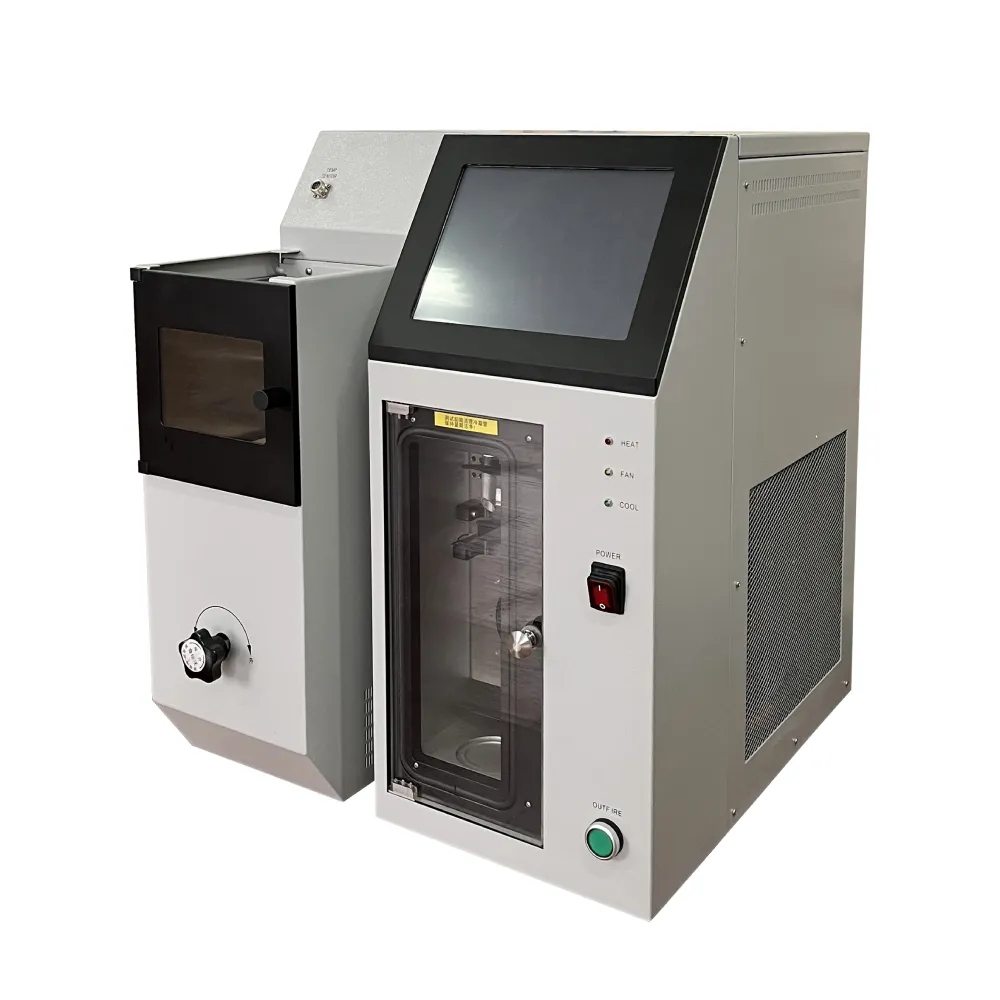 English
English



-
 Afrikaans
Afrikaans -
 Albanian
Albanian -
 Amharic
Amharic -
 Arabic
Arabic -
 Armenian
Armenian -
 Azerbaijani
Azerbaijani -
 Basque
Basque -
 Belarusian
Belarusian -
 Bengali
Bengali -
 Bosnian
Bosnian -
 Bulgarian
Bulgarian -
 Catalan
Catalan -
 Cebuano
Cebuano -
 China
China -
 China (Taiwan)
China (Taiwan) -
 Corsican
Corsican -
 Croatian
Croatian -
 Czech
Czech -
 Danish
Danish -
 Dutch
Dutch -
 English
English -
 Esperanto
Esperanto -
 Estonian
Estonian -
 Finnish
Finnish -
 French
French -
 Frisian
Frisian -
 Galician
Galician -
 Georgian
Georgian -
 German
German -
 Greek
Greek -
 Gujarati
Gujarati -
 Haitian Creole
Haitian Creole -
 hausa
hausa -
 hawaiian
hawaiian -
 Hebrew
Hebrew -
 Hindi
Hindi -
 Miao
Miao -
 Hungarian
Hungarian -
 Icelandic
Icelandic -
 igbo
igbo -
 Indonesian
Indonesian -
 irish
irish -
 Italian
Italian -
 Japanese
Japanese -
 Javanese
Javanese -
 Kannada
Kannada -
 kazakh
kazakh -
 Khmer
Khmer -
 Rwandese
Rwandese -
 Korean
Korean -
 Kurdish
Kurdish -
 Kyrgyz
Kyrgyz -
 Lao
Lao -
 Latin
Latin -
 Latvian
Latvian -
 Lithuanian
Lithuanian -
 Luxembourgish
Luxembourgish -
 Macedonian
Macedonian -
 Malgashi
Malgashi -
 Malay
Malay -
 Malayalam
Malayalam -
 Maltese
Maltese -
 Maori
Maori -
 Marathi
Marathi -
 Mongolian
Mongolian -
 Myanmar
Myanmar -
 Nepali
Nepali -
 Norwegian
Norwegian -
 Norwegian
Norwegian -
 Occitan
Occitan -
 Pashto
Pashto -
 Persian
Persian -
 Polish
Polish -
 Portuguese
Portuguese -
 Punjabi
Punjabi -
 Romanian
Romanian -
 Russian
Russian -
 Samoan
Samoan -
 Scottish Gaelic
Scottish Gaelic -
 Serbian
Serbian -
 Sesotho
Sesotho -
 Shona
Shona -
 Sindhi
Sindhi -
 Sinhala
Sinhala -
 Slovak
Slovak -
 Slovenian
Slovenian -
 Somali
Somali -
 Spanish
Spanish -
 Sundanese
Sundanese -
 Swahili
Swahili -
 Swedish
Swedish -
 Tagalog
Tagalog -
 Tajik
Tajik -
 Tamil
Tamil -
 Tatar
Tatar -
 Telugu
Telugu -
 Thai
Thai -
 Turkish
Turkish -
 Turkmen
Turkmen -
 Ukrainian
Ukrainian -
 Urdu
Urdu -
 Uighur
Uighur -
 Uzbek
Uzbek -
 Vietnamese
Vietnamese -
 Welsh
Welsh -
 Bantu
Bantu -
 Yiddish
Yiddish -
 Yoruba
Yoruba -
 Zulu
Zulu
transformer testing manual pdf
Understanding the Transformer Testing Manual A Guide to Best Practices
The field of electrical engineering has long recognized the importance of transformers, used extensively in power generation, transmission, and distribution systems. To ensure the reliable performance and longevity of these critical components, it is essential to follow stringent testing protocols outlined in the Transformer Testing Manual. This document serves as a comprehensive guide for engineers and technicians working with transformers, detailing various testing procedures and best practices.
One of the primary goals of the Transformer Testing Manual is to provide clarity on the types of tests that should be performed on transformers throughout their lifecycle. These tests are crucial for assessing the health and functionality of transformers, which are subject to wear and tear under normal operating conditions. The manual categorizes tests into several key types, including routine tests, type tests, and special tests, each serving a specific purpose.
Understanding the Transformer Testing Manual A Guide to Best Practices
Type tests are designed to validate the performance characteristics of transformers against predetermined standards. These tests are often conducted on prototype units to ensure that design specifications meet industry requirements. Key performance parameters measured during type testing include temperature rise, short-circuit impedance, and sound level. The outcomes of these tests not only confirm compliance but also provide essential data for further improvements in design and performance.
transformer testing manual pdf

In addition to routine and type tests, the Transformer Testing Manual emphasizes the importance of special tests. These are conducted under specific conditions or to address particular concerns, such as detecting partial discharge or assessing the transformer's ability to withstand overvoltages. Such specialized testing is vital for critical applications where transformer reliability is paramount.
The manual also highlights the significance of environmental and operational factors in transformer testing. Factors such as ambient temperature, humidity, and installation conditions can significantly impact transformer performance. Therefore, testing should be conducted in an environment that accurately reflects the actual operating conditions to ensure results are representative.
Moreover, safety is a fundamental theme throughout the Transformer Testing Manual. The document underscores the necessity of following safety protocols during testing procedures. Engineers and technicians must utilize personal protective equipment (PPE) and adhere to electrical safety regulations to prevent accidents and ensure their safety while performing tests.
Documentation and reporting are another focal point of the Transformer Testing Manual. Accurate recording of test results is fundamental for maintaining compliance with industry standards and regulations. Comprehensive documentation aids in the assessment of transformer performance over time, providing a valuable reference for future maintenance and operational decisions.
In conclusion, the Transformer Testing Manual serves as an essential resource for engineers and technicians working with transformers. By outlining best practices for testing, it ensures that transformers operate reliably and safely, thereby contributing to the overall efficiency of power systems. Following the guidelines detailed in this manual not only enhances the performance and life expectancy of transformers but ultimately supports the sustainability of electrical infrastructure. As technology continues to advance, staying informed about testing protocols and innovations in the field will be crucial for maintaining the integrity of transformer systems worldwide.
-
Testing Equipment Industry Sees Major Advancements in 2025: Smart & Precision Technologies Lead the WayNewsJun.06,2025
-
Applications of Direct Current Generators in Renewable Energy SystemsNewsJun.05,2025
-
Hipot Tester Calibration and Accuracy GuidelinesNewsJun.05,2025
-
Digital Circuit Breaker Analyzer Features and BenefitsNewsJun.05,2025
-
Benefits of Real-Time Power Quality Monitoring Devices for Industrial EfficiencyNewsJun.05,2025
-
Earth Fault Loop Testing in High-Rise Building Electrical SystemsNewsJun.05,2025



